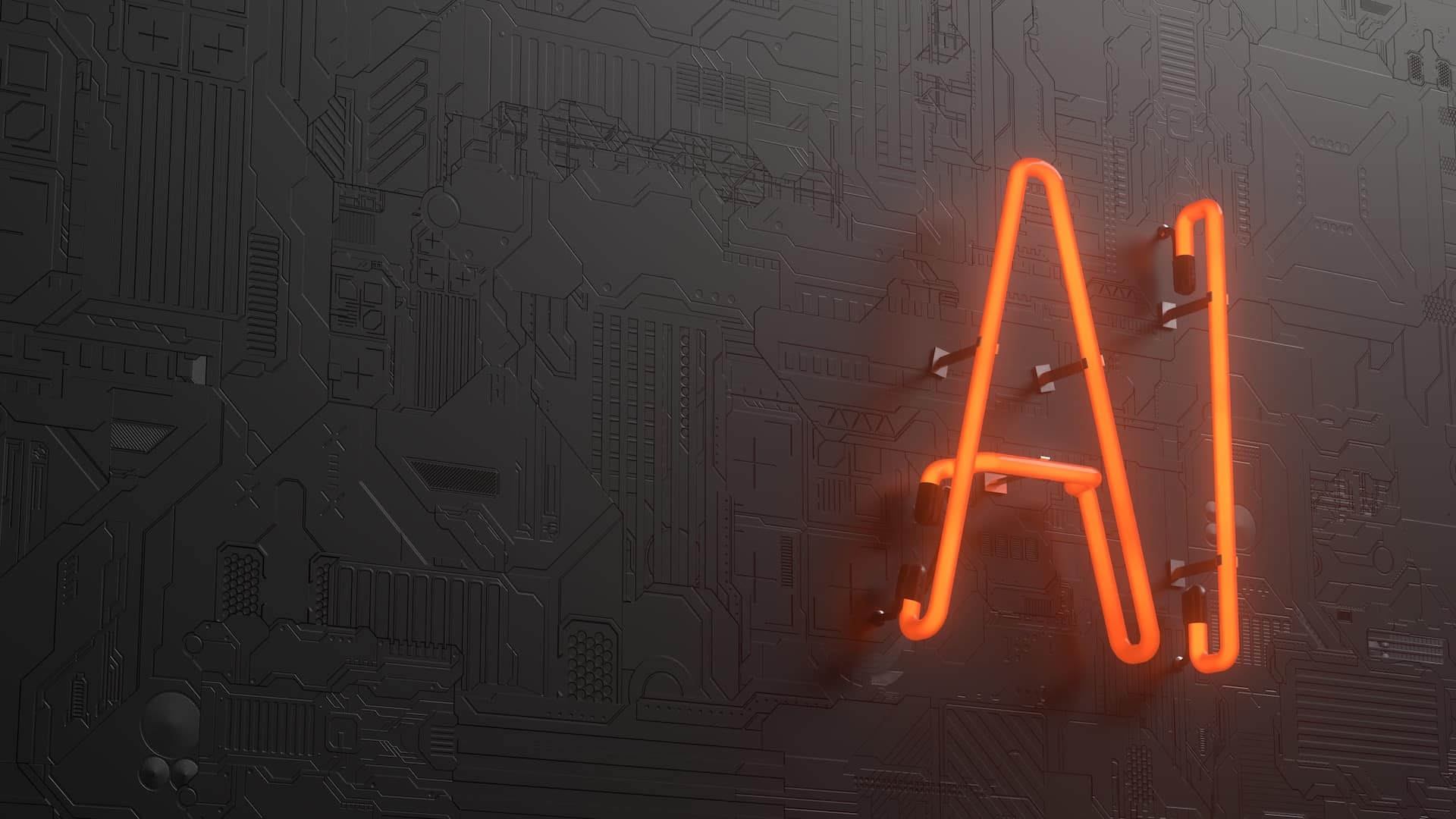Artificial intelligence (AI) is transforming many industries, and the crypto space is no exception. With this convergence of blockchain and AI, we’re seeing the rise of unique digital assets; AI crypto tokens.
In this beginner’s guide to AI tokens, we will explain what they are, how they work, and list some of the most prominent AI cryptocurrencies in the market.
Understanding AI Crypto Tokens
AI tokens are cryptocurrencies that support AI-based projects, applications, and services within the blockchain ecosystem.
AI tokens play three pivotal roles; the first is facilitating transactions. They are the medium of exchange within AI-powered platforms. With them, users can pay for services, access data, and participate in the platform’s activities.
Additionally, they are crucial in enabling protocol governance. Some of these tokens confer governance rights to their holders, empowering holders to participate in decision-making processes shaping the development and direction of the AI project or platform.
Finally, they incentivize users to contribute towards the growth of the AI protocol/project. These may receive rewards in tokens for contributing data, providing computational resources, or developing AI applications.
How Do AI Tokens Work?
AI crypto tokens typically work in the following ways:
- Token creation: Projects create tokens on a blockchain platform, often using standards like Ethereum’s ERC-20 or BNB Smart Chain’s BEP-20.
- Creation of smart contracts: These self-executing contracts define how tokens are used in AI-related services.
- Token issuance: The project behind the AI crypto token typically issues it during its token sale or genesis block.
- Token utilization: Users get to acquire the tokens through exchanges, staking, or participating in the platform’s ecosystem. They then use them to access services, pay fees, and participate in governance.
- Integration with AI Platforms: The project links the tokens with platforms offering AI services. Holders can use them to access ML models, data analysis, or other AI functionalities.
- Decentralization: Many AI token projects aim for decentralization. This distributed form of governance gives token holders a say in key decision-making processes.
- Incentives: Some projects use tokens to incentivize those who contribute resources, like computing power or data, to the network.
Specifics can vary widely depending on the project. Each AI token system is designed with its own rules and purposes.
Top 5 AI Tokens
The crypto AI landscape is rapidly evolving, and many projects are coming up to address various aspects of the space. Here are the top five leading AI tokens measured by market capitalization.
Injective (INJ)
The Injective Chain is a layer-2 decentralized exchange and derivatives trading platform powered by the INJ token. It enables advanced trading tools like margins/leverage, using AI for optimized order execution, strategy testing, and predictive analytics. At the time of writing, INJ was the biggest AI token with a market cap of $1.418B.
The Graph (GRT)
The Graph (GRT) is an indexing protocol for organizing blockchain data, allowing for its easy querying for AI analytics. GRT is the second-largest AI token by market cap ($1.379B at the time of writing) and coordinates the decentralized network of nodes (Indexers). These earn the rights to index and serve application data by staking their GRT.
Render (RNDR)
Render Token enables a decentralized GPU cloud computing network for high-demand AI/ML training/rendering tasks. Users stake and lock up RNDR for access to GPUs. The project rewards Render Farm suppliers in RNDR for leasing out graphics horsepower capacity. RNDR has a market cap of $1.22B at the time of writing.
Theta Token (THETA)
The Theta token (THETA) powers the Theta decentralized video delivery network and is the fourth largest AI and big data token, with a market cap of $960M at the time of writing. It aims to provide improved video streaming quality and reduced costs through AI and ML innovations. Users and relay nodes earn THETA for sharing bandwidth resources.
Oasis Network (ROSE)
The Oasis Network uses a token-incentivized architecture to enable privacy-preserving AI computations on blockchain. ROSE tokens, which have a market cap of $567M at the time of writing, coordinate the network of nodes, providing secure computing via technologies like Intel SGX, differential privacy, and federated learning.
Final Words
As blockchain platforms aim for large-scale adoption, AI innovations will be critical for unlocking new capabilities and efficiencies. Specialized AI tokens help coordinate the incentives and collaboration necessary for advancing AI in a decentralized context. These have strong potential as the tokenization of ML processes grows on-chain.
But the category remains technically complex and volatile, as with most crypto. Therefore, investor due diligence before their adoption remains vital.




